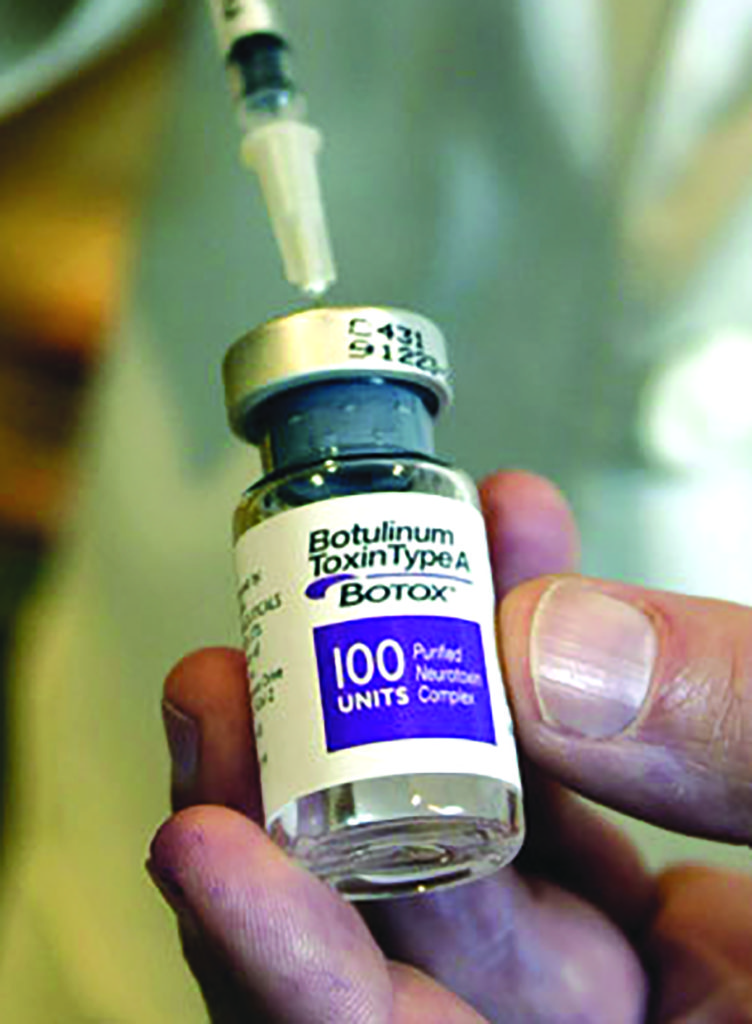In my previous article in this issue of IMR, I had detailed how modern technology can be used to make “designer” super bugs. This article describes the construction of bio-weapons that can target certain ethnic groups. In particular, this article will explore how this could affect India.
Let us start by understanding the human immune system with its two major divisions – the innate and the acquired immune systems. The innate immune system is a baseline system that cannot adapt to changing needs. Its components are skin, enzymes in saliva, tears, and cells such as macrophages. The acquired immune system is an adaptable entity that can change according to needs. It comprises primarily of T-lymphocytes and B-lymphocytes; the latter is responsible for making antibodies. Acquired immunity has evolved over millions of years into being able to recognize what is “self” and what is “non-self” (ie, foreign). The “self vs non-self” education of the acquired immune system takes place in the thymus of the developing fetus. By the time a child is born, the immune system already knows what “self” molecules are, and what is not recognized as “self” by the immune system is treated as foreign. And attacked. The most usual targets of attack are, naturally, bacteria and viruses.
The T-cells cannot recognize the foreign substance themselves. Specialized cells called antigen-presenting cells (APC), components of the innate immune system perform that job. The APC ingest the bacteria or virus and destroy it by digesting it. Then the APCs present parts of the destroyed bacteria or virus (now called an antigen) on their surface using specialized molecules called major histocompatibility complex Type II molecules (MHC). The MHC is really the key to the process. If the antigen presentation is improper or inadequate, the T-cells do not get activated and infections run amuck. On the other hand, if the MHC presents a “self” antigen, under the proper circumstances, it can lead to autoimmune diseases such as diabetes, rheumatoid arthritis, etc. Therefore, it should not be a surprise that a strong relationship exists between certain diseases and MHC subtypes. In other words, these MHC subtypes tend to present certain auto-antigens and if one happens to have these MHC subtypes, one is at a greater risk of developing an autoimmune disease compared to someone who does not. An example is the MHC HLA B27 and the disease ankylosing spondylitis.
MHC molecules differ among different races. For example, the MHC that leads to the propensity for ankylosing spondylitis tends to be higher in Caucasians compared to Orientals. The reasons for MHC differences are not known. However, it is speculated that migration from Africa early in the evolutionary process lead Caucasians to loose MHC that are important for combating bacteria and viruses since infections are less prevalent in temperate zones (Jeffery KJ, Bangham CR in Microbes Infect 2000 Sep; 2(11): 1335-41). At present, MHC differences are not very well characterized, though the human genome project will help solve part of that problem.
Even if humans have not characterized MHC differences, microorganisms have. Bacteria and viruses have evolved along with the human immune system and have exploited the variations in MHC and associated molecules to their advantage. For example, alleles in MHC class II loci and interleukin 10 promoter have been demonstrated to influence the outcome of viral hepatitis (Antiviral Res 2001 Nov; 52(2): 113-6). Similarly, variations in class I MHC can affect susceptibility to HIV (Immunol Letters 2001 Nov 1; 79 (1-2): 151-7), and allelic frequencies of a (CCTTT)(n) pentanucleotide repeat in the NOS2A promoter region affect susceptibility to malaria (Nitric Oxide 2000 Aug; 4(4): 379-83). As a final example, MHC DQ3 may affect hydrocephalus due to toxoplasmosis (Int J Parasitol 1999 Sep; 29(9): 1351-8). Some racial differences have been noticed but not characterized such as the susceptibility of blacks to tuberculosis (N Y State J Med 1991 Jun; 91(6): 239-42).
How do bacteria and viruses take advantage of racial differences? Some microorganism use components of the MHC as receptors for binding and invading cells. Gene terrorists can take a page out of the microorganisms’ book and create super bugs that target certain genetic profiles. They can alter the tropism of bacteria and viruses, changing parts of bugs that bind cellular receptors by a technique called site directed mutagenesis. In other words, it would enable a bug to attack cells bearing certain MHCs more avidly. And since certain ethnic groups preferentially express those MHC molecules, it would lead to ethnic or racial targeting. That is one way ethnic targeting by bio-weapons can take place (there are others, but due to space constraints, those interested can read my book, Germs of War).
How does this affect India? First, who are India’s principal adversaries? Pakistan and China.
Pakistanis are, genetically, not different from Indians. An interesting study published in Nature News 2009 (Published online 23 September 2009| Nature|doi:10.1038/news. 2009.935) showed that in India, there is tremendous homogeneity despite caste, religion, and regional divisions. Other studies have extended this observation to Pakistan. The implications are, that, if either country were to develop and launch a targeted biological weapon against the other, its own populace would suffer equally (unless it had undertaken mass vaccination or other similar preventative measures prior to the launch). I want to emphasize this and hope the Jihadis understand this critical point before they embark on a Bio-Mumbai type attack. Not to dwell on this too much but as an aside, Israel would be a plumb target for Jihadis in Pakistan.
China is a different story. A study published in Dec 2009 by HUGO (human genome organization) showed that South Asia was the hub of human propagation in Asia, (http://www.genomeweb.com/arrays/hugo-pan-asian-snp-consortium-maps-genetic-diversity-asia) and South Asians have the greatest genetic diversity in Asia. Chinese, to put it simply, are derived from Indians, and have much less genetic diversity. This puts the Chinese at a comparative disadvantage when it comes to biological weapons (BWs). Anything China develops against Indians will also affect its own people. But the reverse is not true. India can develop BWs that can affect almost all Chinese (especially Han Chinese) with limited impact on its own people. Not that I would advocate it but it is also a point I hope the mandarins in Beijing (sorry for the pun) understand. Considering that the Chinese communists had no qualms about killing more than 30 million of its own people during the cultural revolution, I don’t think empathy for Indians would dissuade them from launching a BW against India. But the thought of losing their whole country just might.



















